Hello!
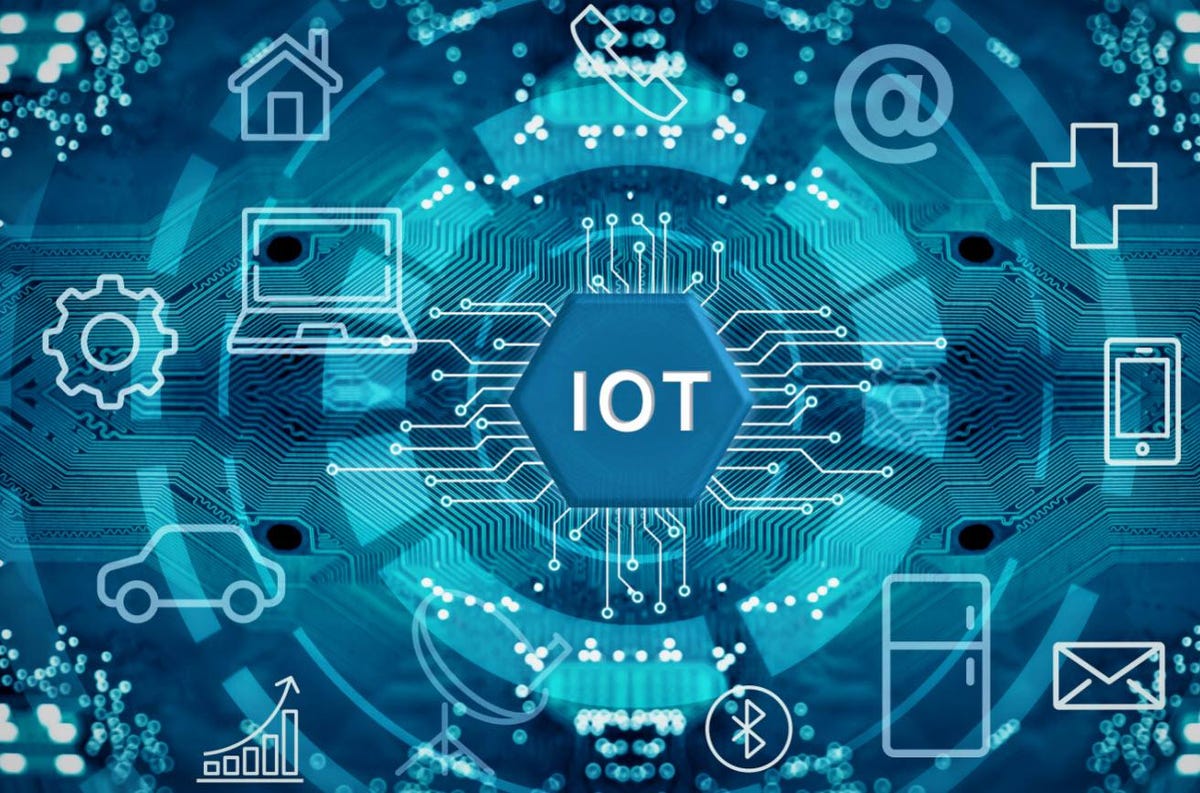 It is easy to see why technology enthusiasts from all walks of the spectrum are so excited about the Internet of Things. Management of IoT devices is essential. It’s the perfect combination of innovative design and cutting-edge technology that can be used to improve many aspects of our daily lives.
It is easy to see why technology enthusiasts from all walks of the spectrum are so excited about the Internet of Things. Management of IoT devices is essential. It’s the perfect combination of innovative design and cutting-edge technology that can be used to improve many aspects of our daily lives.
What happens if we focus too much on the Internet part of the equation and not enough on the things that make it possible?
Device Management is Crucial to Successful IoT Innovation
Although the concept of device management is not new, it has been neglected in recent years. We tend to focus too much on the capabilities of physical devices in IoT settings and not enough on how they actually work.
Consumers can restart a smart speaker, replace a light bulb or reset a smart lightbulb. However, it is quite another to find a smart moisture sensor that has died after two months.
Too many IoT breakthroughs that were hoped for are doomed because the people responsible didn’t know how to manage devices.
What does device administration actually mean in an ever-evolving IoT landscape?
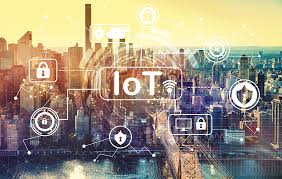 It focuses on three principles:
It focuses on three principles:
- A combination of modules and portal components that work together effectively
- There is a clear distinction between data about and data from the device. This data is completely separate from any application data
- Control of operations and full deployment status from a single pane
These principles allow us to seamlessly move from the “what” into the “why” of device management.
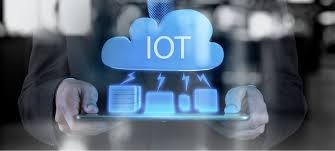 This quote is from Amazon IoT Device Management.
This quote is from Amazon IoT Device Management.
- “Ensure IoT devices are working properly and securely after being deployed
- You can secure access to IoT devices and remotely monitor their health.
- Increase operational awareness of what’s happening in each device at any moment and receive exceptions alerts
- Remote management of devices reduces the total cost of ownership and also lowers the operational effort required to maintain it through on-site maintenance
We now have the “what” and the “why”, it’s time to do the real work, the “how”.
Proper device management is, in its simplest form of operation, four key pillars. Firmware in the air (FOTA
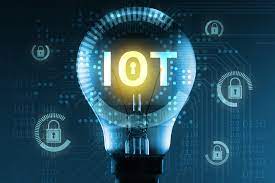 While we all would love to believe that the devices we use when we launch an IoT initiative will be perfect from the beginning, they will eventually have to be updated. It will not be just the behavior or data generation of the device that needs to be updated, but also the foundational firmware platform.
While we all would love to believe that the devices we use when we launch an IoT initiative will be perfect from the beginning, they will eventually have to be updated. It will not be just the behavior or data generation of the device that needs to be updated, but also the foundational firmware platform.
You should be able to remotely update the firmware of any device that is located 50 feet above ground or 10 feet below ground. This is especially important when dealing with multiple devices.
Connection management
Data is in most cases the fruit of IoT trees. Therefore, connection management is essential if we want to harvest the data and make use of it in a meaningful way.
Do you have a way to reconnect to a device that goes offline? Do your devices have the ability to hold data until they are connected again?
Configuration management for your IoT Device
 Any device that you design, build, or use should be capable of resetting itself remotely for software updates, device management, and other fundamentals.
Any device that you design, build, or use should be capable of resetting itself remotely for software updates, device management, and other fundamentals.
This is important to ensure you can maintain the devices at all scales and that you can customize subsets of devices based on use cases, location, or other factors.
Remote Access
It doesn’t really matter what else you do if your device isn’t working properly. This is why access the device from an overall perspective is so important.
You can monitor the device remotely and take measurements such as temperature, data transfer rates, and battery life. You’ll want the ability to predict most problems and prevent them from happening.
Orienting IoT Device Management as a Non-Linear Process
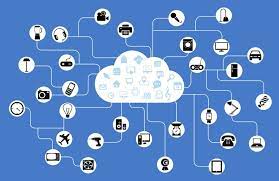 Device management is meant as a continuous, non-linear process. These pillars don’t have to happen in a particular order, or for them to all be occurring at the same time. These devices are not to be considered “install and forget”, but should be part of an overall platform.
Device management is meant as a continuous, non-linear process. These pillars don’t have to happen in a particular order, or for them to all be occurring at the same time. These devices are not to be considered “install and forget”, but should be part of an overall platform.
You know deep down, or perhaps even more deeply, that when you start to build or deploy an IoT platform, you have to think about how the electronics work aboard.
Also, you must think about the communication over the air, the software, and the behavior embedded at the edge. It is important to take the time to create a back-end solution that will allow you to gather and process the data.
But what about scale?
Even the most intelligent and well-informed IT professionals aren’t immune from the thrill of seeing the end result first. The result is the idyllic garden path , also known as scale. This is where a small idea grows and becomes more important over time.
But what happens if the lifecycle of your devices can’t keep up with that pace?
 People assume that the device is the end in itself and will work flawlessly every time. It’s not true!
People assume that the device is the end in itself and will work flawlessly every time. It’s not true!
It might seem counterintuitive to consider the lifecycle when you are excited about your project. However, it is important to consider the worst-case scenario before you start any project.
The Tanking of, or End of The Company — Because You Didn’t Plan Ahead for Device Management
It’s better to plan ahead for device management than the alternative of having very badly. It can be difficult to appreciate the complexity of device management until you have made the same mistake that could financially ruin the entire project.
Also read:
- Top 5 Tech Trends for 2025
- Why It Is Important to Protect and Manage Password
- Future of Trading in Next Generation
A small environmental factor could cause your end. This is something that can’t be predicted or replicated in a laboratory setting.
It doesn’t matter if you have hundreds or even thousands of devices on the field.
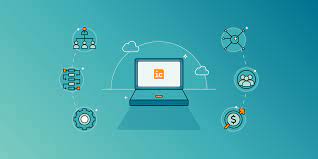 The worst decision is the one that comes down to economics. Is it worth the expense to fix the devices? If not, can you afford to buy new ones? See how fast you can tank! Snap!
The worst decision is the one that comes down to economics. Is it worth the expense to fix the devices? If not, can you afford to buy new ones? See how fast you can tank! Snap!
These may seem simple concepts, but many smart people were brought to tears when they realized that they didn’t think about them before starting their projects.
Without the ability to scale it efficiently and effectively, even the best ideas are useless. Scale is the ability to use the right technology and people to make it real .
Device management is an essential part of the right people and the right technology.
It’s exciting to see all your data in cloud, but if the little device at the edge that is supposed to generate the information you use to make decisions doesn’t work properly or can’t repair itself, then you have a serious problem before you even get on the ground.
Thank you!
Join us on social media!
See you!






